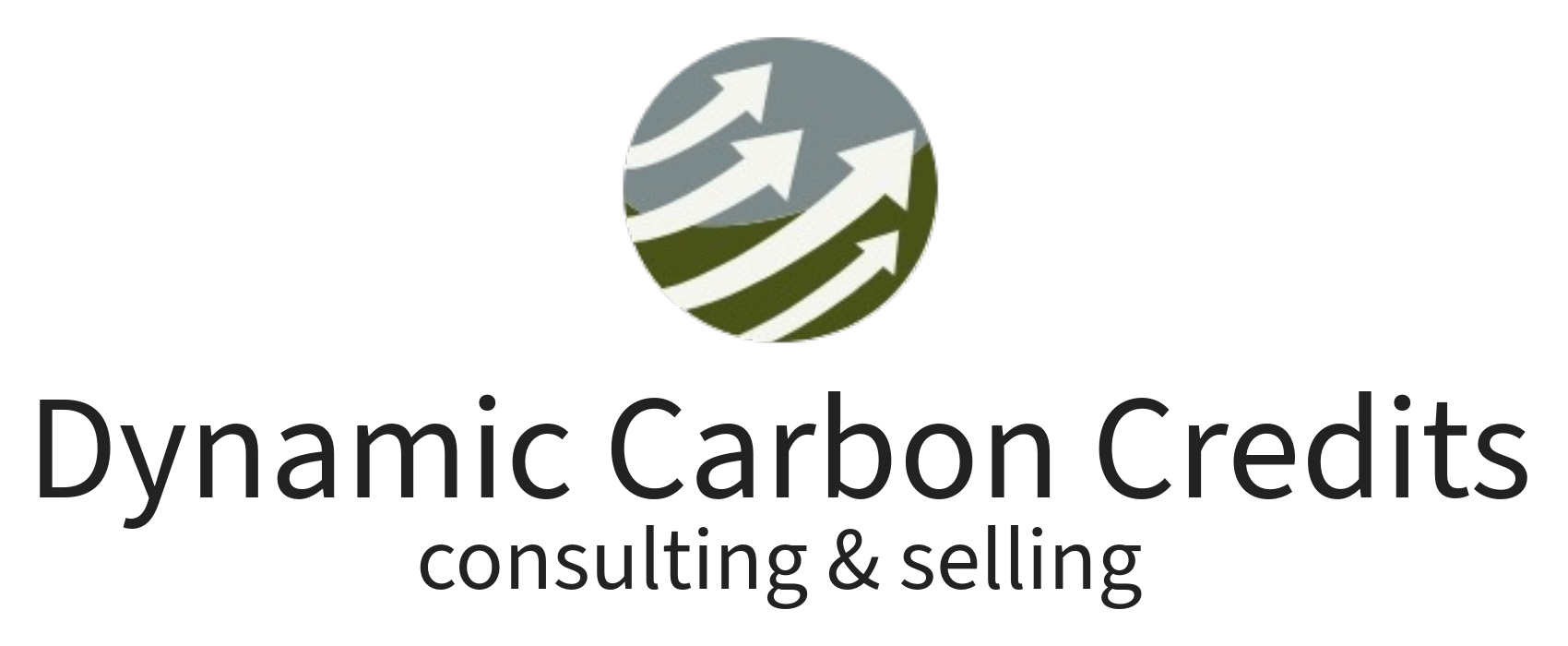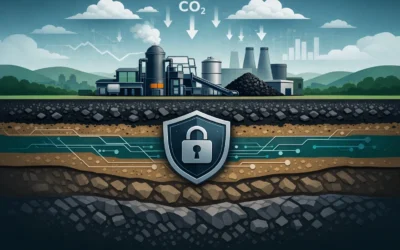In the face of rapidly escalating climate change, finding effective solutions to mitigate carbon emissions has become an imperative task for humanity. While various strategies are being pursued, one particular approach that warrants our attention is permanent carbon sequestration. In this blog post, we will delve into the reasons why we should embrace permanent carbon sequestration solutions as a crucial component of our collective efforts to combat climate change.
1. Tackling the Carbon Budget:
As the world grapples with the need to limit global warming to 1.5 degrees Celsius, it is evident that reducing carbon emissions alone will not be sufficient. To stay within the carbon budget, we must actively remove carbon dioxide from the atmosphere. Permanent carbon sequestration offers a vital means to achieve this goal, providing a way to permanently store carbon and prevent its re-release into the atmosphere.
2. Long-Term Climate Stability:
The transient nature of many existing carbon capture and storage (CCS) methods highlights the necessity of permanent sequestration. While temporary solutions may offer short-term benefits, a long-term perspective is crucial for achieving climate stability. By permanently storing carbon, we can ensure that it remains sequestered and does not contribute to further warming in the future.
3. Offsetting Historical Emissions:
Over the course of human history, immense amounts of carbon dioxide have been released into the atmosphere, resulting in climate change we are experiencing today. Permanent carbon sequestration provides an opportunity to offset these historical emissions by capturing and storing carbon, effectively reversing some of the damage caused by past activities.
4. Synergy with Renewable Energy Transition:
As the world shifts towards renewable energy sources, permanent carbon sequestration complements this transition. While renewable energy reduces future emissions, it cannot address the carbon already present in the atmosphere. By combining renewable energy with permanent sequestration, we can actively remove existing carbon dioxide and pave the way for a sustainable future.
5. Conservation and Restoration of Ecosystems:
Permanent carbon sequestration often involves the preservation and restoration of natural ecosystems, such as forests, wetlands, and mangroves. These ecosystems not only sequester carbon but also provide numerous co-benefits such as biodiversity preservation, water regulation, and soil fertility. Embracing permanent solutions aligns our efforts with nature, fostering a holistic approach to environmental conservation.
The urgency of addressing climate change requires us to explore a multitude of solutions, and permanent carbon sequestration offers a crucial pathway towards a sustainable future. By incorporating long-term carbon storage strategies, we can complement emission reductions, stabilize the climate, offset historical emissions, synergize with renewable energy, and contribute to the conservation and restoration of ecosystems. It is essential that we rally behind permanent carbon sequestration solutions like the plant-based solution which was developed and is provided by Dynamic Carbon Credits.
As a leader in effective and reliable solutions for reducing carbon emissions, Dynamic Carbon Credits offers clients the ability to gain access to validated plant-based carbon credits that permanently sequester carbon. Not all carbon credit solutions permanently sequester carbon which is just one reason why we differentiate from our competition. Our business experts and leading scientists work with Fortune 500, large and medium businesses in reducing their carbon footprint and contribute to a better future for our planet.
Let’s Work Together!
Dynamic Carbon Credits is ready to show you how to solve your most pressing business challenges. Contact us today and begin seeing the results.





